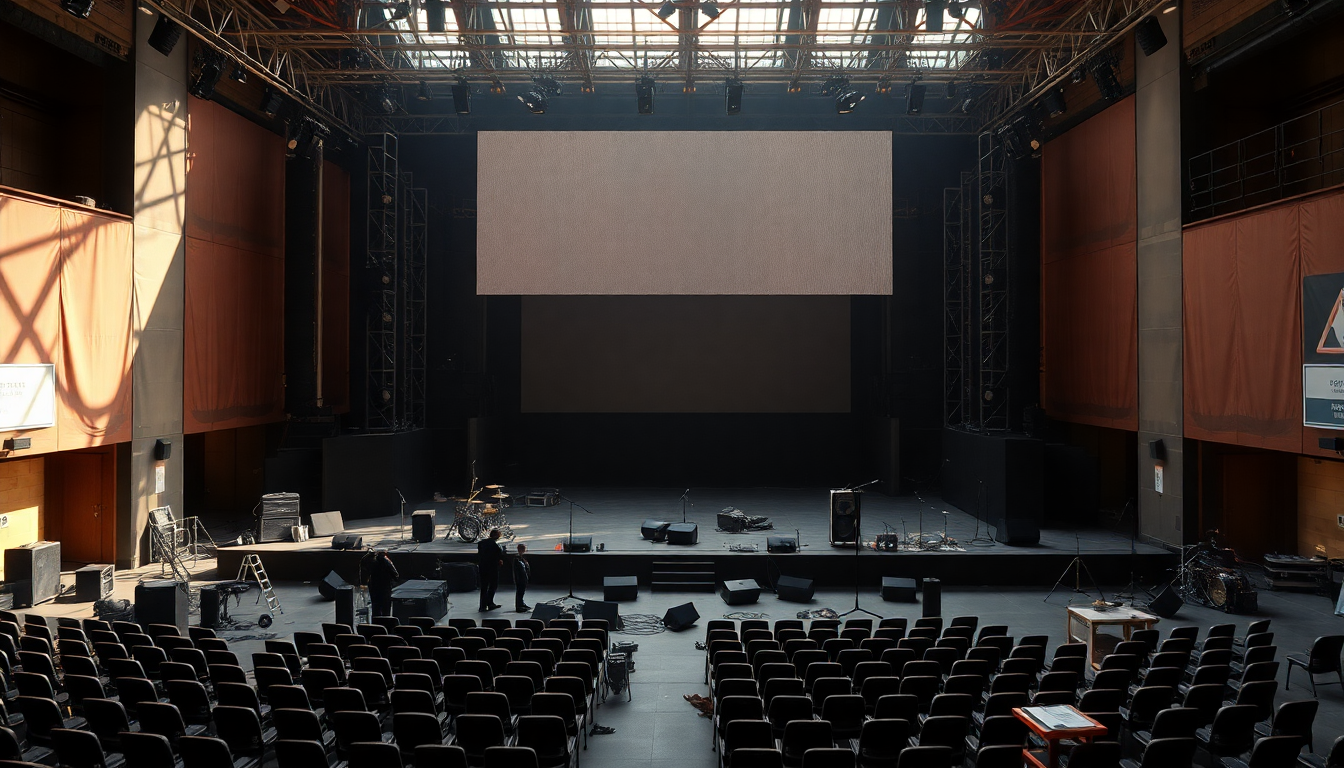Table of Contents
In a recent ruling from the District Court, the responsibilities of employers regarding workplace injuries have come into sharp focus, especially in the case of performer Mo Li Kai-yin. This decision highlights the crucial nature of employer accountability and the various pathways available for employees seeking compensation for injuries sustained on the job. The case, which arose from a tragic accident involving a falling screen at a concert, serves as a stark reminder not only of the personal impact on the injured party but also of the wider implications for labor law and employer liability. Isn’t it vital to ensure that workers can seek justice when accidents happen?
The Ruling and Its Implications
Last Friday, the court ruled in favor of Mo Li Kai-yin, suggesting that his employer, Studiodanz, might have dodged civil liability by failing to engage in court proceedings related to the incident. Judge Phillis Loh Lai-ping expressed her concern about the lengthy nature of the lawsuit, stressing the need for a resolution to ease the stress on Li, who has been dealing with life-altering injuries since that fateful day on July 28, 2022, at the Hong Kong Coliseum. Can you imagine the toll such an incident takes on someone’s life?
This case not only emphasizes the personal ramifications of workplace accidents but also raises important questions about the responsibilities that employers hold under the Employees’ Compensation Ordinance. This ordinance is designed to ensure that workers can seek damages for injuries sustained while on the job, and this ruling serves as a timely reminder of the legal obligations that come with it.
Understanding the Compensation Framework
Under the ordinance, employees who are completely incapacitated are entitled to significant compensation. For Li, if the court finds that his injury qualifies him for permanent total incapacity, he could potentially receive over HK$3.5 million (approximately US$445,890). This amount illustrates the protections in place for workers, particularly for those under 40 who find themselves unable to work due to severe injuries. Isn’t it reassuring to know that there are laws designed to assist those in dire situations?
Section 7 of the ordinance clearly outlines guidelines for compensation, ensuring that employees receive financial support in the aftermath of life-altering accidents. The formula for calculating compensation includes a lump sum payment equivalent to 96 months’ earnings or a specified maximum amount, creating a safety net for all workers facing unfortunate circumstances. This legal framework not only aids the injured but also holds employers accountable for their duties.
The Broader Impact on Workplace Safety and Employer Accountability
This case reflects larger trends in workplace safety and the responsibilities tied to employing staff. Employers must acknowledge that neglecting legal proceedings, as seen with Studiodanz’s actions, can lead to serious repercussions—not just for their employees but also for their business’s integrity and reputation. This ruling acts as an essential reminder for businesses to proactively ensure compliance with legal obligations and prioritize the safety of their workers. What steps can employers take to avoid similar pitfalls in the future?
Moreover, this case could set a significant precedent for future rulings and influence how similar situations are handled in the courts. It underscores the importance of clear communication and engagement in legal matters, especially when the health and well-being of employees are involved. As the legal landscape continues to shift, employers must stay informed about their responsibilities under labor law, ensuring they cultivate a safe and compliant workplace. After all, isn’t it better to prevent accidents than to deal with the fallout later?


